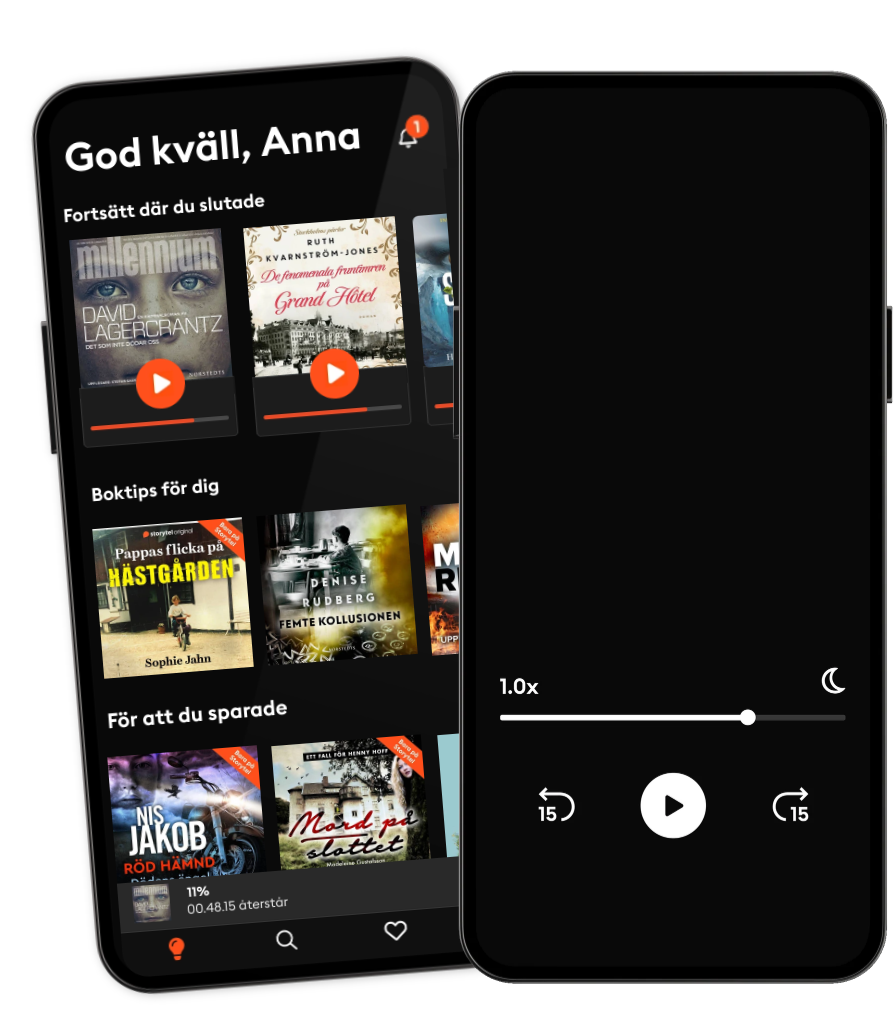What Exactly Is College For? (Update)
- Av
- Episod
- 778
- Publicerad
- 15 aug. 2024
- Förlag
- 0 Recensioner
- 0
- Episod
- 778 of 835
- Längd
- 50min
- Språk
- Engelska
- Format
- Kategori
- Fakta
We think of them as intellectual enclaves and the surest route to a better life. But U.S. colleges also operate like firms, trying to differentiate their products to win market share and prestige points. In the first episode of a special series originally published in 2022, we ask what our chaotic system gets right — and wrong. (Part 1 of “Freakonomics Radio Goes Back to School.”)
SOURCES:Peter Blair • , faculty research Fellow of the National Bureau of Economic Research and professor of education at Harvard University. Catharine Hill • , former president of Vassar College; trustee at Yale University; and managing director at Ithaka S+R. Morton Schapiro • , professor of economics and former president of Northwestern University. Ruth Simmons • , former president of Smith College, Brown University, and Prairie View A&M University. Miguel Urquiola • , professor of economics at Columbia University.
RESOURCES: • " Progressivity of Pricing at U.S. Public Universities • ," by Emily E. Cook and Sarah Turner ( NBER Working Paper • , 2022). • " Community Colleges and Upward Mobility • ," by Jack Mountjoy ( NBER Working Paper • , 2021). • " How HBCUs Can Accelerate Black Economic Mobility • ," (McKinsey & Company, 2021). Markets, Minds, and Money: Why America Leads the World in University Research • , by Miguel Urquiola (2021). • " Mobility Report Cards: The Role of Colleges in Intergenerational Mobility • ," by Raj Chetty, John N. Friedman, Emmanuel Saez, Nicholas Turner, and Danny Yagan ( NBER Working Paper • , 2017).
EXTRAS: • " 'If We’re All in It for Ourselves, Who Are We?' • " by Freakonomics Radio • (2024). • " 'A Low Moment in Higher Education • ,'" by Freakonomics Radio • (2024). • " The $1.5 Trillion Question: How to Fix Student-Loan Debt? • " by Freakonomics Radio • (2019). • " Why Larry Summers Is the Economist Everyone Hates to Love • ," by Freakonomics Radio • (2017).
Lyssna när som helst, var som helst
Kliv in i en oändlig värld av stories
- 1 miljon stories
- Hundratals nya stories varje vecka
- Få tillgång till exklusivt innehåll
- Avsluta när du vill

Andra podcasts som du kanske gillar...
- Still Online - La nostra eredità digitaleBeatrice Petrella
- Skåret i stykkerB.T.
- Anupama Chopra ReviewsFilm Companion
- FC PopCornFilm Companion
- Do I Like It?The Quint
- Yeh Jo India Hai NaThe Quint
- The SoapyRao ShowSundeep Rao
- ArchiCastSnovel Creations
- Anden omgangLouise Kjølsen
- ASOT | A State of Trance PodcastRuben de Ronde
- Still Online - La nostra eredità digitaleBeatrice Petrella
- Skåret i stykkerB.T.
- Anupama Chopra ReviewsFilm Companion
- FC PopCornFilm Companion
- Do I Like It?The Quint
- Yeh Jo India Hai NaThe Quint
- The SoapyRao ShowSundeep Rao
- ArchiCastSnovel Creations
- Anden omgangLouise Kjølsen
- ASOT | A State of Trance PodcastRuben de Ronde
Svenska
Sverige